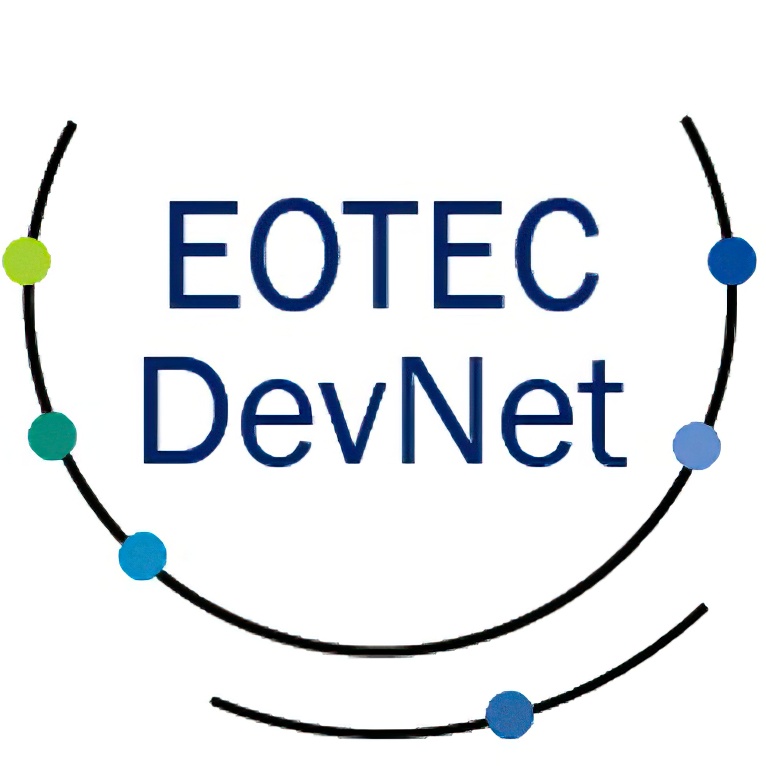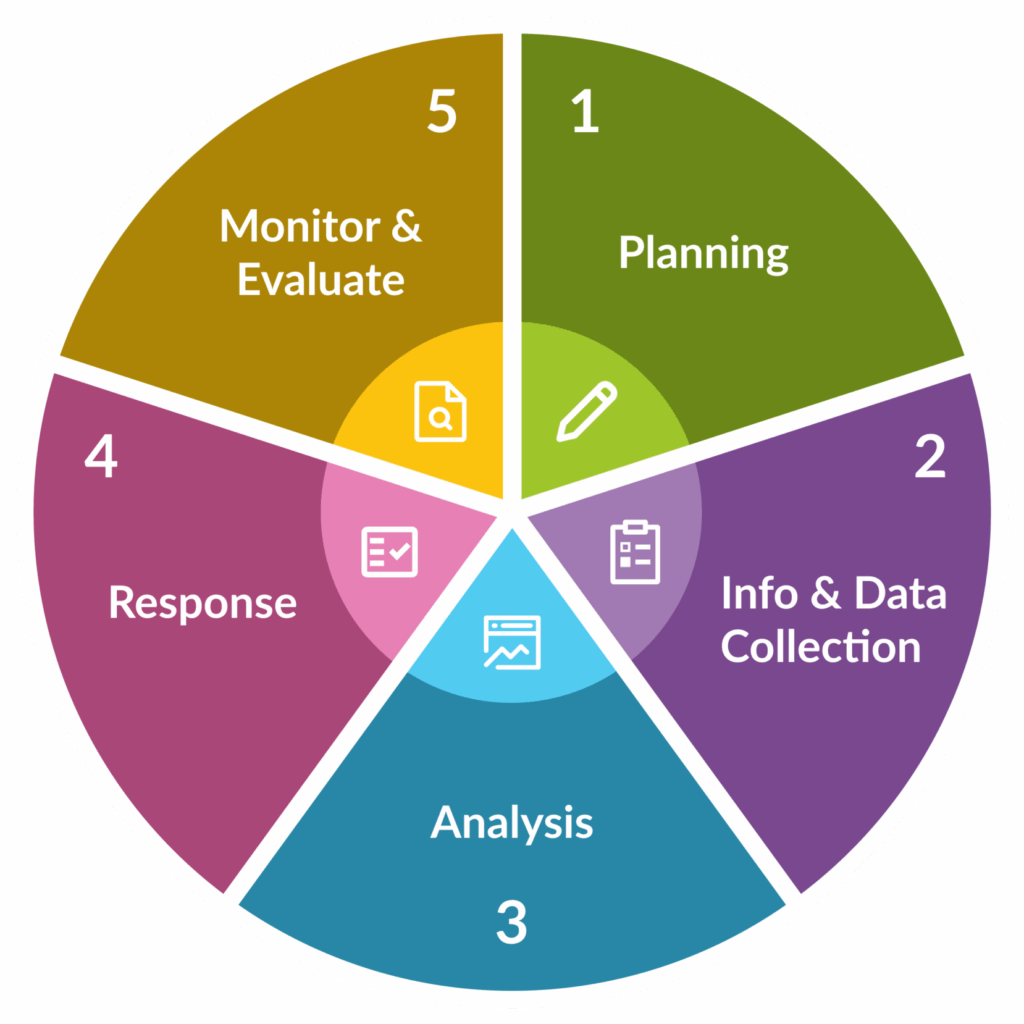Guidance: Needs Assessment for EO Capacity Building
Use this guidance to learn about approaches to assessing capacity building needs related to Earth observations and other geospatial data. Select a box to find curated insights, practical tools, and real-world examples of assessments.
Get
Started
Explore Ways to Collect Information
Browse Assessment Examples
Discover Assessment Tools
Learn
Tips
This guidance synthesizes the experience of EOTEC DevNet partners and others on the basic steps of an EO capacity building needs assessment. Along with best practices and lessons, it offers examples of needs assessment tools, data collection methods, and links to assessment examples. The purpose of this guidance is to help training providers, capacity builders, and other partners find and adapt approaches to meet their needs.
This guidance will evolve and expand. Do you have an assessment example, tool or other resource to add to this guidance? Or a suggestion on additional content? Or a way to improve this resource? Please share your thoughts at: secretariat@eotecdev.net.

What is an EO (Earth observations) capacity building needs assessment?
An EO capacity building needs assessment is a systematic process for identifying the gaps, priorities, and opportunities that can strengthen the effective use of Earth observation and geospatial data. Beyond simply cataloging needs, an assessment of EO capacity building needs ideally examines the technical skills, scientific knowledge, infrastructure, data access, and institutional arrangements required to apply Earth information in decision-making, policy, and research. It also considers how these elements interact – such as whether trained personnel have the tools and organizational support they need – so that capacity building efforts are well-targeted, sustainable, and responsive to the real-world contexts in which Earth data will be used.
Most assessments tend to be structured around five steps, as captured in the graphic. The process is represented as a cycle to illustrate the opportunity for continuous collaboration, learning, and adaptation, with each effort laying the groundwork for a more effective response in the future.
The five steps of the needs assessment cycle are:
- Planning
- Information and data Collection
- Analysis
- Response
- Monitoring and Evaluation
The “Get Started” and “Learn Tips” sections provide more detail about this 5-step cycle.
ACKNOWLEDGMENTS
This guidance was developed by volunteers from EOTEC DevNet’s communities of practice, representing agencies including Eurisy, the NASA Capacity Building Program, and the Universidad Autónoma de Nuevo León Department of Geomatics. A special thanks to NASA intern Carolyn Evans for her many contributions.

